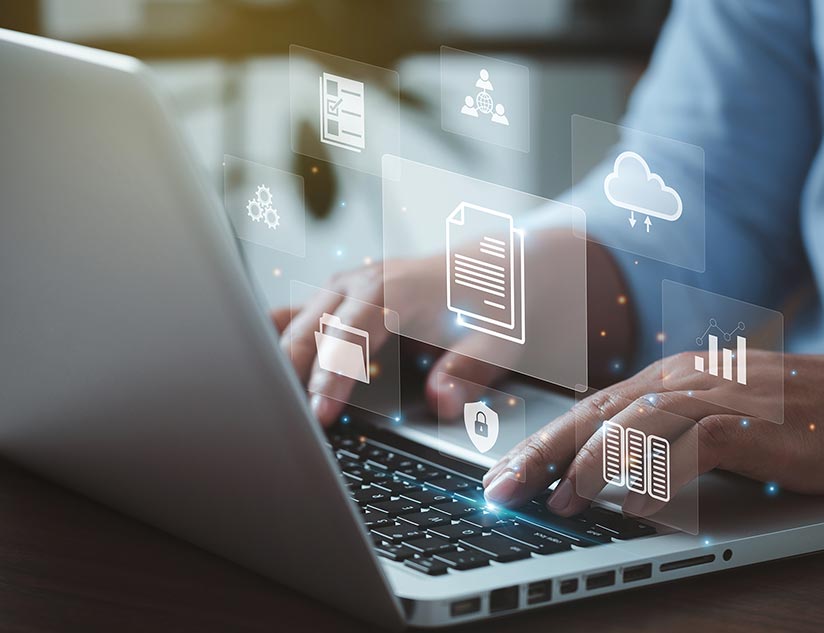This blog was first published on eLearning Industry: https://elearningindustry.com/overcoming-accessibility-challenges-with-anytime-anywhere-learning
UNESCO believes every learner matters. However, 20% of children, adolescents, and young adults remain excluded from education globally. UNESCO’s goal is to ensure inclusive and equitable education and promote lifelong learning opportunities for all. Its Learning for All guidelines considers access to information and knowledge as key drivers to realize the “leave no one behind” goal.
Since accessibility is considered the primary barrier to SDG4, UNESCO advises harnessing the power of digital technologies in open and distance education to address the challenges across the learner landscape. This blog discusses how anytime, anywhere learning, powered by digital solutions, can unlock accessibility for all, especially students with disabilities.
Prominent Accessibility Challenges
While poverty, remoteness, gender, language, ethnicity, religion, migration, and displacement limit learning opportunities, children with disabilities are overrepresented in the population excluded from learning. There are between 93 and 150 million children with motor, sensory, or learning disabilities who are 2.5x more likely than their peers to never go to school. When disability is combined with the other factors mentioned above, the risk of exclusion from education further escalates.
Learning barriers can take multiple forms – physical, systemic, attitudinal, or technical. For disabled students, these are more pronounced.
- Ingrained differential attitudes and stereotyping of disabled learners in the education system prevent fostering a safe and secure learning environment for children with special needs.
- Lack of physical accessibility due to distance, teaching methodologies, and missing out on the needs of disabled learners prevents them from receiving equitable opportunities.
- Blanket approaches to accessible education, without considering individual learner requirements, result in skewed efforts that marginalize a large section of learners, breaching their right to education.
- Lack of specialized educators to ensure the participation, engagement, and growth of learners with disabilities leads to inefficient use of resources, even when made available.
Anytime-Anywhere Learning Makes Education Accessible
Borderless classrooms, introduced with the help of cloud technologies and mobile devices, have significantly transformed learning. They have paved the way for anytime, anywhere learning that fosters:
Flexibility
Students can learn at their own pace, convenient time, and preferred style. This empowers students with disabilities to access knowledge in a manner that ensures knowledge assimilation and growth at par with their peers. They get more time to learn and complete evaluations according to their requirements.
Access
With digital learning solutions, the need to be physically present in a classroom is eliminated. Students can leverage the content in all its formats at their convenience. They can revisit any module at any time and from anywhere. This is especially useful for students with disabilities, such as ADHD or autism, who have diverse levels of coordination, attention span, and learning speed.
Support
Augmentative and alternative communication facilitates a culture of equitable opportunities for all. Virtual campuses make students with disabilities feel included and give access to collaboration opportunities with peers and educators. They can seek help from their peers and teachers while being included in mainstream education.
How Technology Facilitates Accessibility
Digital technologies allow educational publishers and edtech firms to leverage rich content design features to make learning materials more attractive, dynamic, and engaging to meet learner needs. This enables the personalization of learning paths according to immediate and long-term learning goals. Further, fostering self-directed education with the help of technology empowers teachers to meet individual pedagogical needs. Advanced analytics inform instruction mechanisms, assessments, feedback, and reinforcements, such that they are tailored to individual needs.
A powerful digital content creation and distribution platform supports anytime, anywhere learning via advanced technology to:
Create Accessible Learning Materials
Digital learning modules can be augmented with features such as voice commands and personalized assessments. Additionally, closed captioning, adjustable viewing formats, multilingual learning materials, read-aloud functionalities, and more reinforce accessibility for students with visual, hearing, or other impairments.
Support Remote Learning
Students with disabilities might not be able to attend a physical school. They can still access learning through remote learning platforms. Real-time video-conferencing and recorded response capabilities allow learners to participate in the learning process at a deeper level without worrying about matching the speed of their peers or fear of judgment.
Leverage Assistive Technologies
Assistive technology devices, such as screen readers, voice recognition software, and text-to-speech features can help students with disabilities participate in learning more independently. AI-powered learning assistants can fill in for teachers to guide students at any hour, powering the anytime, anywhere learning paradigm.
Achieving Accessibility with Technology
Accessibility is the key to achieving the SDG4 and ensuring inclusion of all learners in the educational ecosystem. Anytime, anywhere education is the perfect instrument to empower teachers and learners to meet learning goals. It also allows parents and special educators to collaborate and improve student engagement, assess their needs, and align education methodologies with students’ individual needs.
Contact MagicBox™ to power your digital platform with innovative technologies that facilitate the creation and distribution of learning resources focused on accessibility and inclusivity for learners with disabilities and other marginalized segments.















